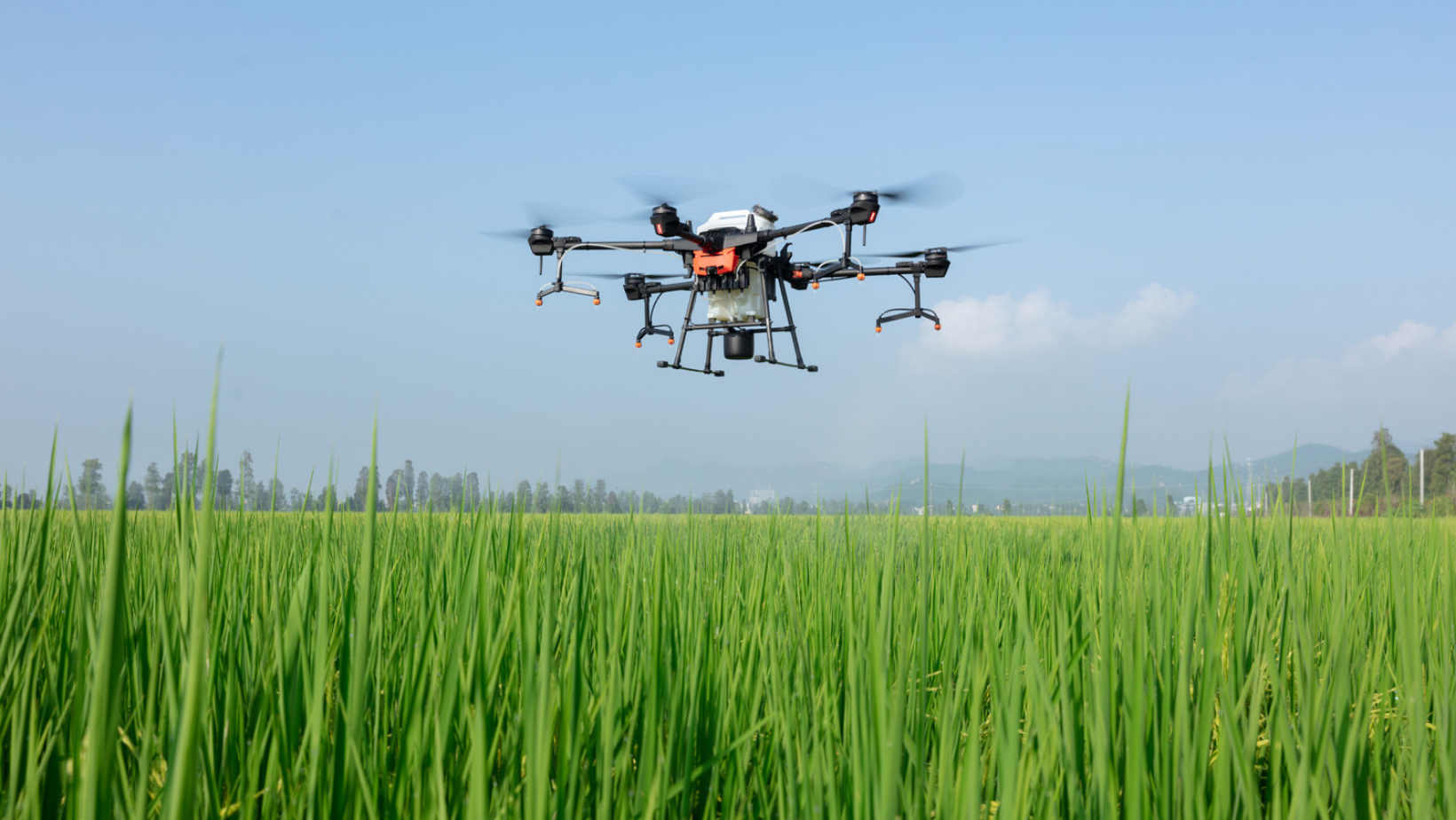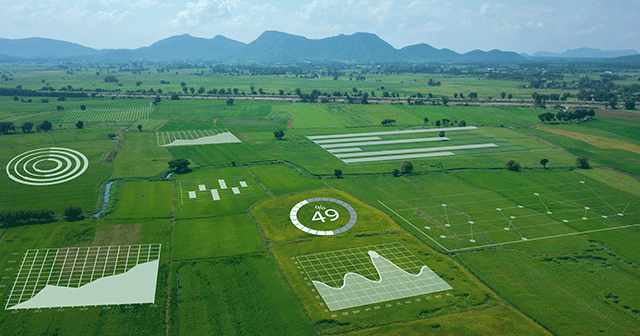
On the surface, agricultural drones are no different than other types of drones. The application of the UAV simply changes to fit the needs of the farmer. There are, however, several drones specifically made for agricultural use.
On the market can be found numerous types of agricultural drones and here are some examples of very good ones:
- PrecisionHawk's DJI Matrice 200 v2: Many farmers choose exactly the drones of PrecisionHawk and after partnering with DJI in 2016 the company has flourished in the market. PrecisionHawk describes the M200 as the ideal drone for, "the toughest farming environments." It features advanced obstacle detection and can even fly in sub-zero temperatures.
- senseFly eBee SQ: this drone is discribed as the "advanced agricutlture drone." It is popular in the agriculture industry and the biggest selling point is the company's proprietary eMotion software, which makes designing a flight plan incredibly simple. The drone boasts the ability to capture hundreds of acres of footage in a single flight.
- Sentera PHX Complete System: The PHX features a long-range omnidirectional communication link and can collect data from 700 acres. Senetra offers farmers the ability to increase opperational efficincies and perform plant health analytics.

Agricultural Drones Applications
- Mapping/Surveying
The process of using a drone to map or survey crops is a relatively straightforward one. Many newer agricultural drone models come equipped with flight planning software that allows the user to draw around the area he or she needs to cover. Then, the software makes an automated flight path and, in some cases, even prepares the camera shots.
As the drone flies, it automatically takes pictures using onboard sensors and the built-in camera, and uses GPS to determine when to take each shot. But if your drone does not have these automatic features, then one person needs to fly the drone while the other takes the photos.
- Cropdusting/Spraying
In 2015, the Federal Aviation Administration approved the Yamaha RMAX as the first drone weighing more than 55 pounds to carry tanks of fertilizers and pesticides in order to spray crops. Drones such as this are capable of spraying crops with far more precision than a traditional tractor. This helps reduce costs and potential pesticide exposure to workers who would have needed to spray those crops manually.
Future of Agriculture Drones
According to Global Market Insights the agricultural drone market size will exceed $1 billion and 200,000 units shipped by 2024. GMI attributes the growth through 2024 to increasing awareness of the pros and cons of drones in agriculture among farmers.The company also claims that technological advancements in farming techniques will push demand during the forecast period. Increased automation stemming from a lack of skilled resources and a labor crisis will also bolster agricultural drone demand. Finally, GMI expects government programs in this sector to permit operations of various sizes to help make farming processes more efficient.
Credits: https://www.businessinsider.com/agricultural-drones-precision-mapping-spraying
